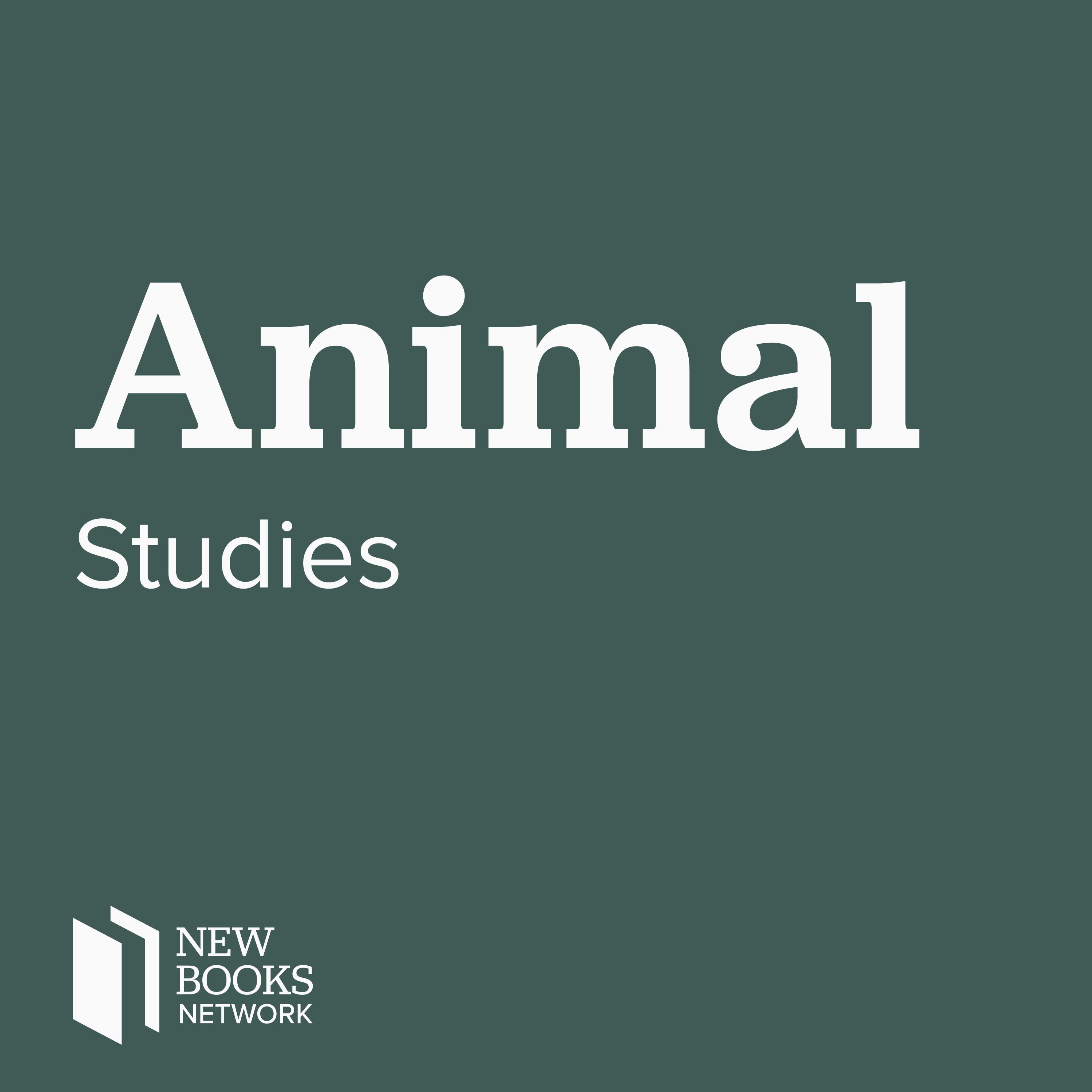Nick Haddad, "The Last Butterflies: A Scientist's Quest to Save a Rare and Vanishing Creature" (Princeton UP, 2019)
Butterflies have long captivated the imagination of humans, from naturalists to children to poets. Indeed it would be hard to imagine a world without butterflies. And yet their populations are declining at an alarming rate, to the extent that even the seemingly ubiquitous Monarch could conceivably go the way of the Passenger Pigeon. Many other, more obscure, butterfly species are already perilously close to extinction. For the last 20 years, Nick Haddad has worked to identify and save some of the rarest butterflies on earth, a quest that has taken him to both surprisingly ordinary and extraordinarily inhospitable areas, including a swampy, active artillery range on a military installation in North Carolina. It has also led him to some surprising conclusions about the best ways to protect these increasingly endangered butterflies.
In The Last Butterflies: A Scientist’s Quest to Save a Rare and Vanishing Creature (Princeton UP, 2019), Haddad profiles five such species – the ones he has determined to be the rarest of all – and takes us into each one’s unique habitat, life cycle, and existential challenges. From the Crystal Skipper, bouncing over sand dunes adjacent to vacation homes on barrier islands, to the Schaus’ Swallowtail, confined to increasingly remote areas of the Florida Keys, Haddad shows how human activities have affected rare butterfly populations. His unexpected conclusion is that leaving them in peace is not a viable option; disturbances, both natural and human-caused, are necessary for the ecosystems that support butterfly populations to thrive. One of the hardest lessons for him to absorb was that to save populations, some individuals have to be killed in the process.
Haddad’s intrepid field work – he describes one of his strengths as “an unusual capacity to tolerate harsh environments - informs the story of each butterfly species. His lab’s effort to collect, quantify, propagate, and ultimately perpetuate, the rarest butterflies has led to increasing awareness of how much more biologists have to learn about their natural histories, and how critical such knowledge is to saving them. In perhaps the most dramatic example of unintended consequences, Haddad’s team discovered that the St. Francis Satyr, a small brown butterfly, was protected by regular artillery fire on the Fort Bragg army installation in southern North Carolina. The resulting fires were one disturbance the St. Francis Satyr needed to sustain viable conditions (dams built by beavers was another). In another twist, it turned out that Haddad’s initial efforts to help the species were having the opposite effect. Yet over time, these discoveries led to lessons that ultimately have helped the St. Francis Satyr and can be applied to other conservation efforts.
The Last Butterflies could be read as a warning, but Haddad’s tone is never dire. The book is infused with enthusiasm for conservation efforts, both now and in the future, and with an admiration for the beauty, fragility, and resilience of butterflies. It is an important book for anyone concerned with biodiversity and conservation issues. It’s also an eye-opening and engaging read for anyone with an interest in butterflies.
Rachel Pagones is chair of the doctoral program in acupuncture and Chinese medicine at Pacific College of Health and Science in San Diego. She is a longtime butterfly enthusiast and is working, slowly, on a fictional book for middle-grade readers about butterfly conservation.
Learn more about your ad choices. Visit megaphone.fm/adchoices
Support our show by becoming a premium member! https://newbooksnetwork.supportingcast.fm/animal-studies
 Sign in
Sign in Sign in
Sign in Sign in
Sign in

















































